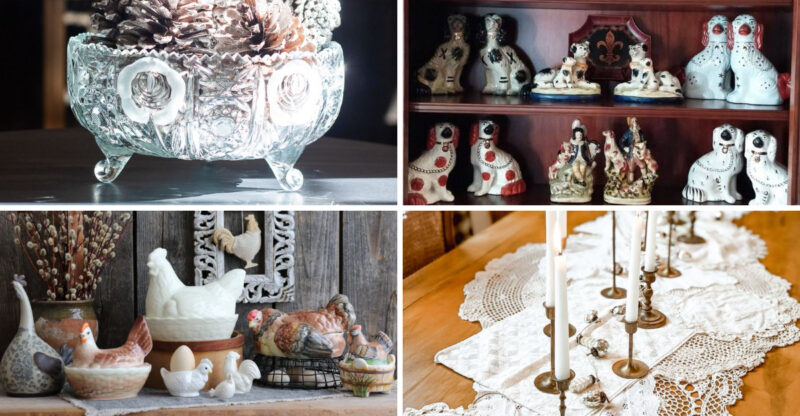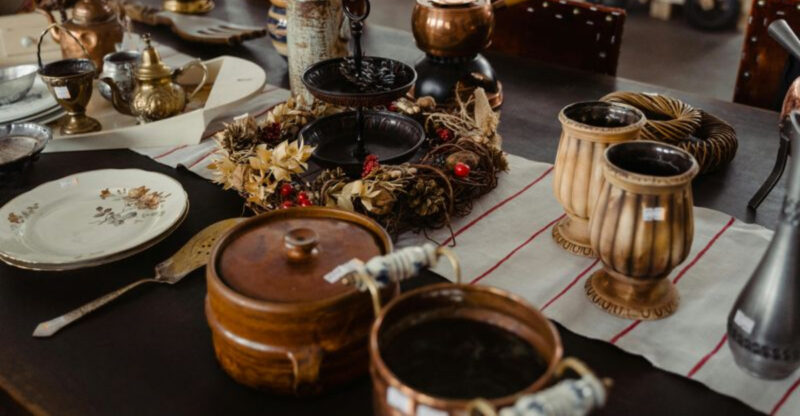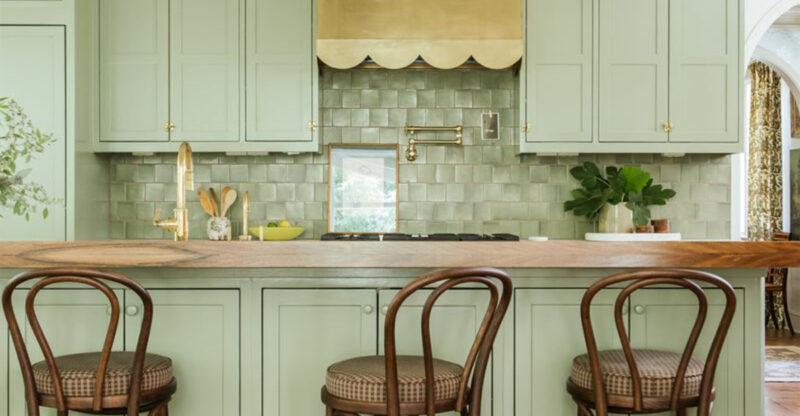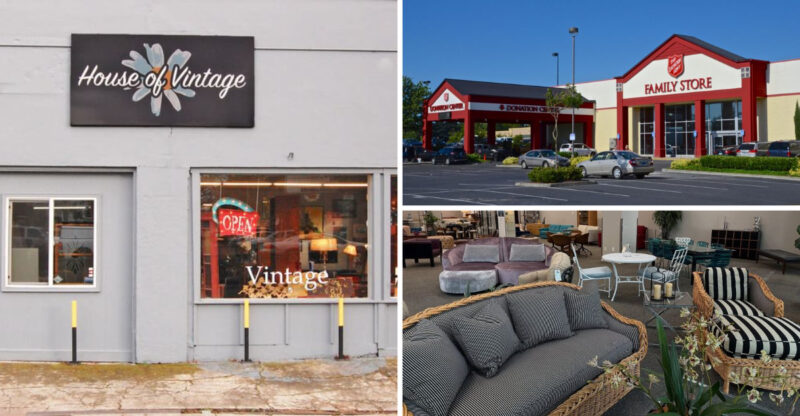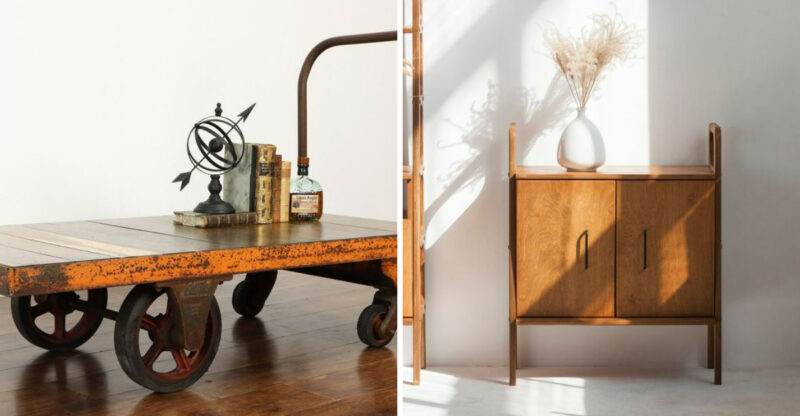Texas Antiques Forecast: 5 Pieces Likely To Increase And 5 To Decrease In Value
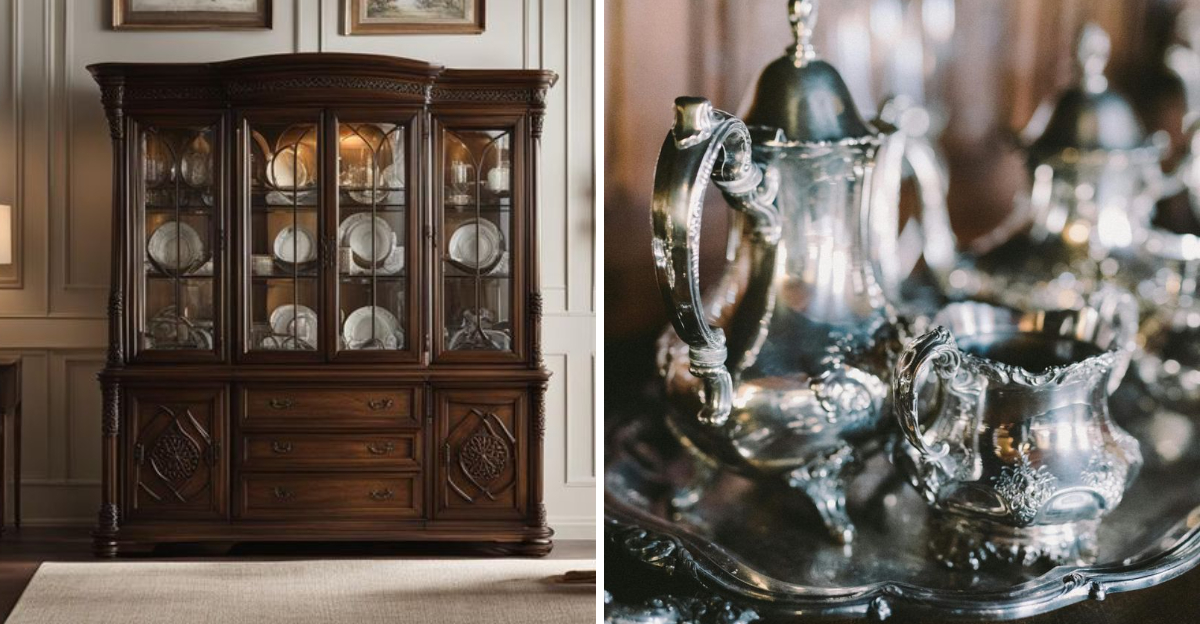
The antiques market in Texas constantly shifts like our famous weather patterns. Some treasures are gaining value faster than bluebonnets spread in spring, while others are dropping quicker than temperatures during a norther.
Understanding which pieces might appreciate or depreciate helps collectors make smart decisions with their money and space.
1. Ranch-Style Oak Furniture
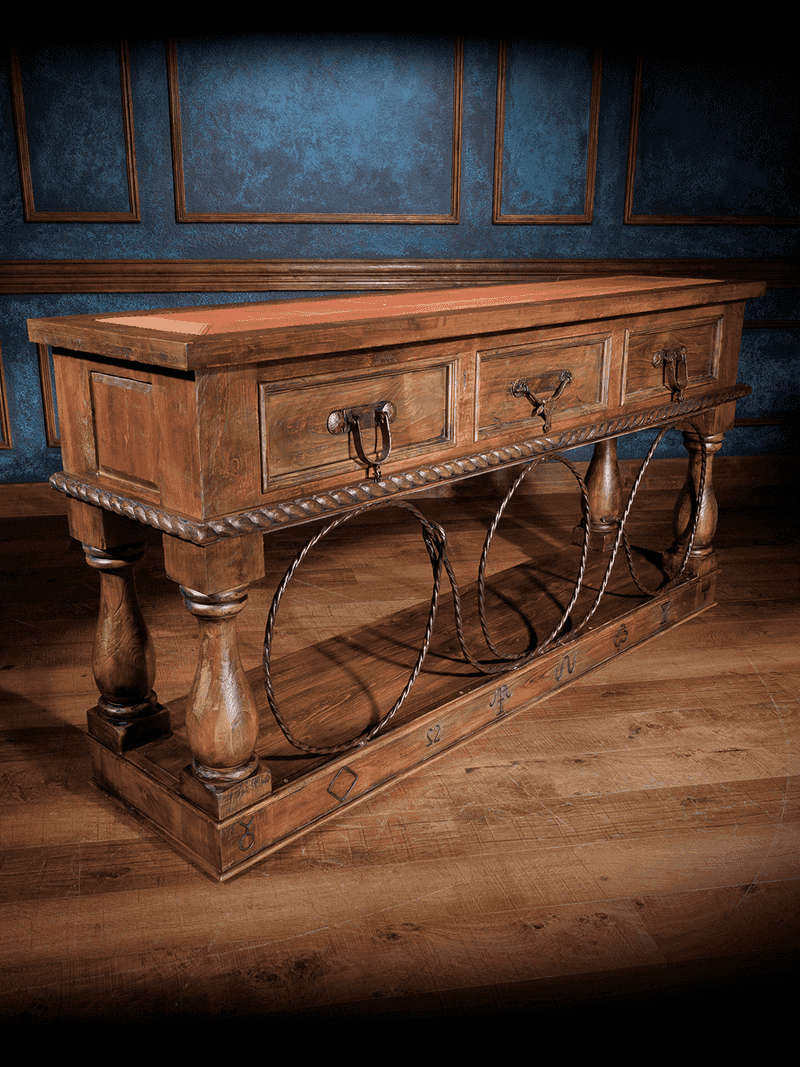
Authentic Texas ranch furniture crafted from native oak has collectors buzzing across the Lone Star State. Sturdy pieces tell stories of frontier life and showcase distinctive craftsmanship that’s increasingly rare today.
The limited supply of genuine ranch pieces from the 1800s and early 1900s virtually guarantees continued appreciation. Look for items with original leather components, hand-carved Texas motifs, or documented provenance from historic ranches.
Fun fact: Many authentic ranch furniture pieces were built without nails. All using wooden pegs and precise joinery techniques that have helped them survive for generations.
2. Early Texana Documents Rising Rapidly
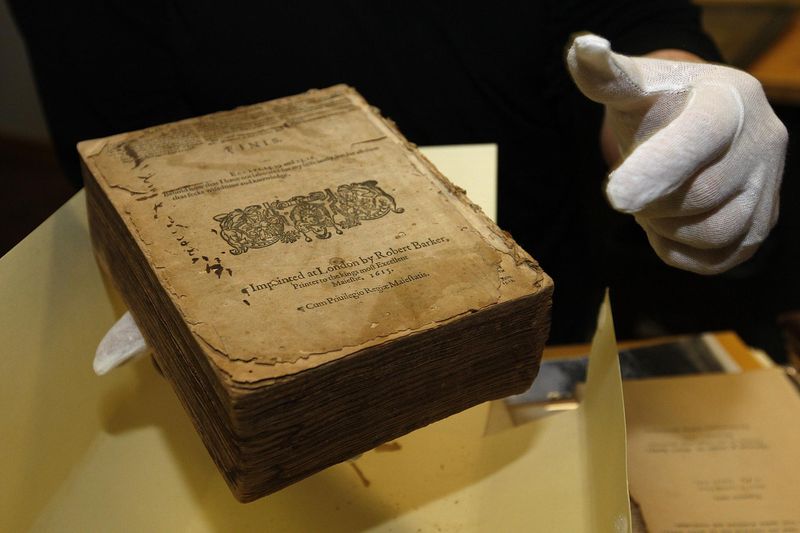
Historical documents related to early Texas history are becoming investment-grade collectibles. Republic of Texas currency, land grants signed by Sam Houston, and early Texas maps continue climbing in value year after year.
The finite supply combined with growing interest in Texas heritage drives this upward trend. Museums and serious collectors compete fiercely when these items appear at auction, often driving prices well beyond estimates.
Recently, a simple handwritten letter mentioning life in 1840s Texas sold for twelve times its expected value. This was at a Dallas auction house.
3. Oil Boom Memorabilia
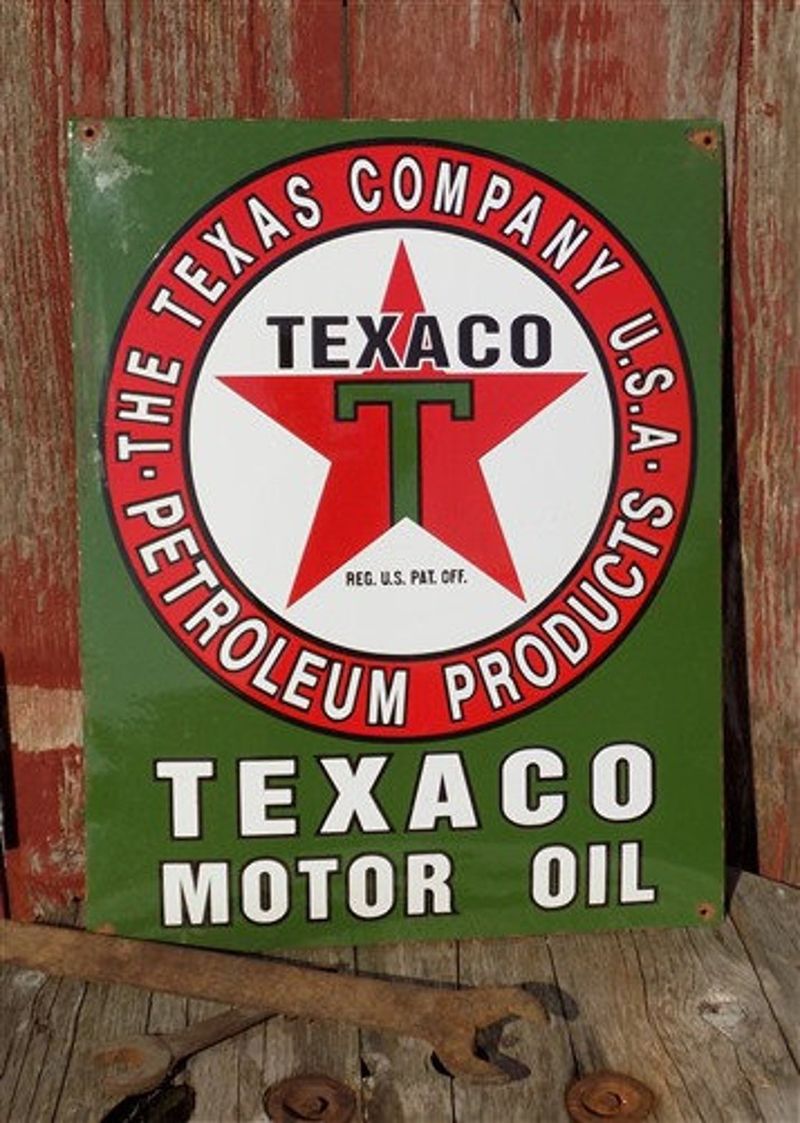
Items connected to Texas’ historic oil industry are striking it rich in the collectibles market. Vintage signs from Texaco, Humble Oil, and other Texas petroleum companies command premium prices, especially those with vibrant colors and minimal rust.
Early oil field tools, stock certificates from pioneering companies, and photographs documenting boom towns have also seen steady appreciation. The nostalgic connection to Texas’ economic transformation appeals to both serious collectors and corporate buyers seeking authentic decorative pieces.
Original maps showing early oil discoveries in places like Spindletop can fetch thousands at specialized auctions. These pieces celebrate Texas’ rich industrial history.
4. Mid-Century Western Art
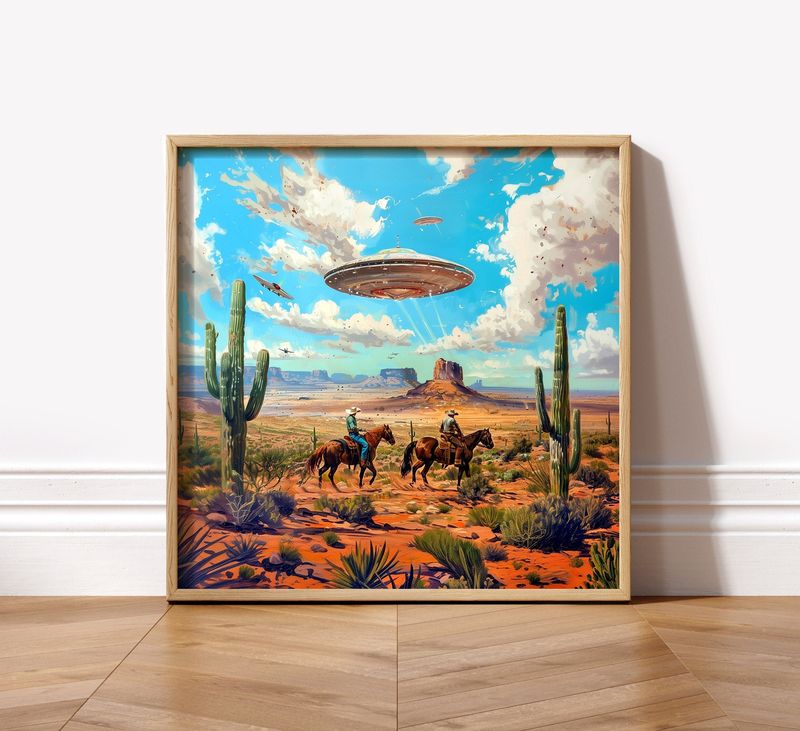
Western-themed paintings and sculptures from the 1940s-1960s by Texas artists show strong investment potential. Works depicting ranch life, cowboys, and landscapes by regional artists once overlooked by major museums are now gaining recognition.
Savvy collectors seek pieces by artists who studied under established Western masters or taught at Texas universities during this period. The distinctive blend of traditional Western themes with mid-century modern influences creates uniquely Texan artistic expressions.
Paintings featuring iconic Texas landscapes like Palo Duro Canyon or the Hill Country with modernist techniques are especially prized by today’s collectors. They offer investment potential.
5. German-Texan Folk Furniture
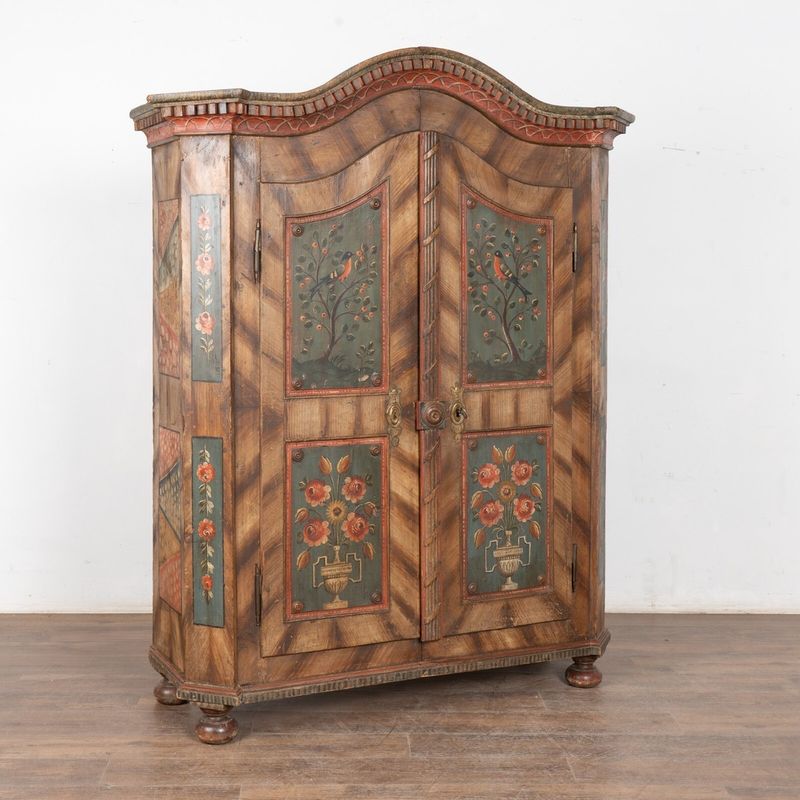
Handcrafted furniture from German settlements in Central Texas represents a unique cultural fusion that’s catching collectors’ attention. These pieces blend Old World craftsmanship with frontier practicality, often featuring distinctive painted designs and solid construction.
Painted armoires, hope chests, and kitchen cabinets from communities like New Braunfels and Fredericksburg have doubled in value over the past decade. The limited production and cultural significance of these pieces make them increasingly desirable.
To museums but also to private collectors alike. Original paint and family histories documenting the maker significantly boost values.
6. Victorian Formal Furniture Falling Fast
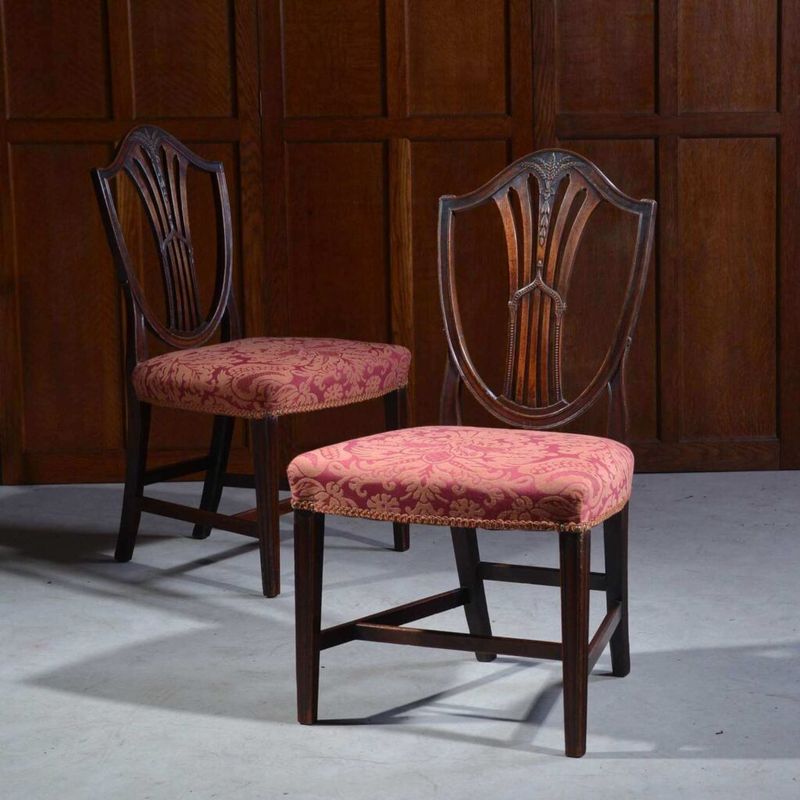
Ornate Victorian-era furniture pieces are struggling to maintain value in today’s Texas market. Massive dining sets, heavily carved parlor furniture, and dark bedroom suites that once commanded premium prices now often sell for fractions of their previous values.
Modern Texas homes with open floor plans and casual lifestyles simply don’t accommodate these formal, oversized pieces. Younger collectors typically avoid these items.
They are viewing them as impractical and stylistically outdated for contemporary living. Even well-preserved examples with original finishes often sell for less than similar pieces did twenty years ago.
7. Mass-Produced Western Decor
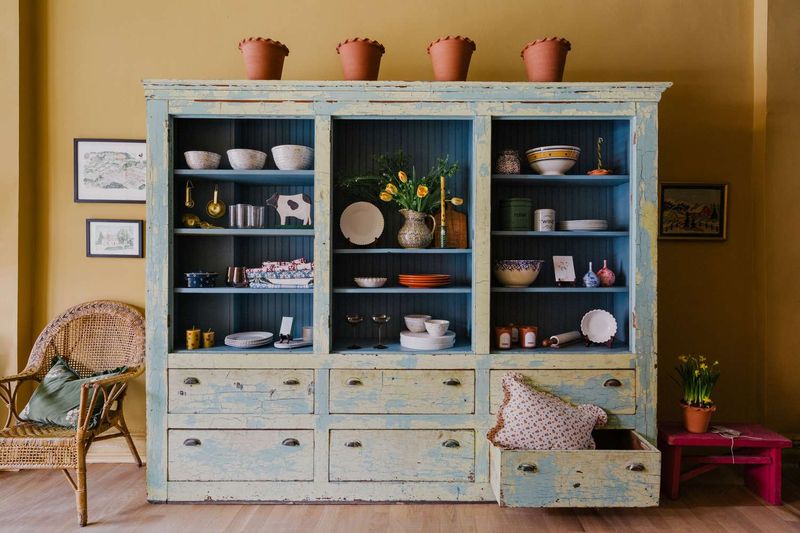
Factory-made Western-themed decorative items from the 1970s-1990s are rapidly depreciating. Mass-produced wagon wheel light fixtures, resin cowboy sculptures, and factory-printed Western art that once adorned countless Texas homes have fallen from favor.
The market distinguishes sharply between authentic vintage pieces and these later reproductions. Items once sold as “Western collectibles” in mail-order catalogs and home decor chains now struggle to find buyers even at drastically reduced prices.
Collectors increasingly seek authentic historical pieces rather than nostalgic reproductions. It leaves these items to gather dust at estate sales across Texas.
8. Commemorative Plates And Figurines
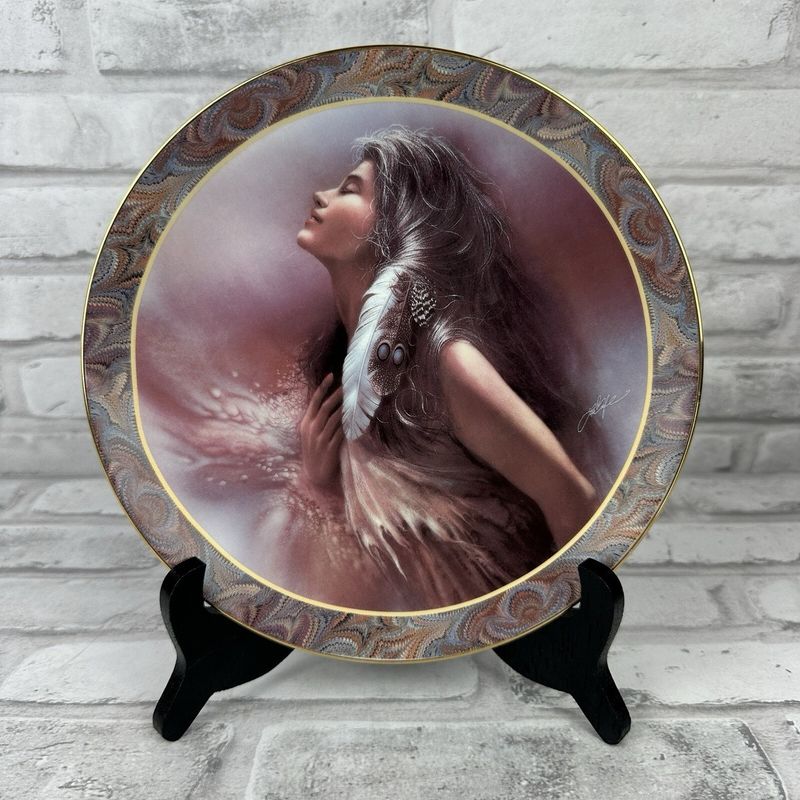
Collections of limited edition plates, figurines, and commemorative items specifically marketed as “collectibles” continue their downward value trend. Texas-themed Bradford Exchange plates, Precious Moments figurines, and similar mass-produced items rarely recoup their original purchase prices.
Despite marketing promises of future appreciation, these items were produced in such large quantities that supply far exceeds demand. Many Texas estate sales feature these collections still in original packaging, often selling for pennies on the dollar.
Even Texas Sesquicentennial commemorative items from 1986 that were purchased. Investments now typically sell for 10-20% of their original cost.
9. Ornate Silver Tea Services
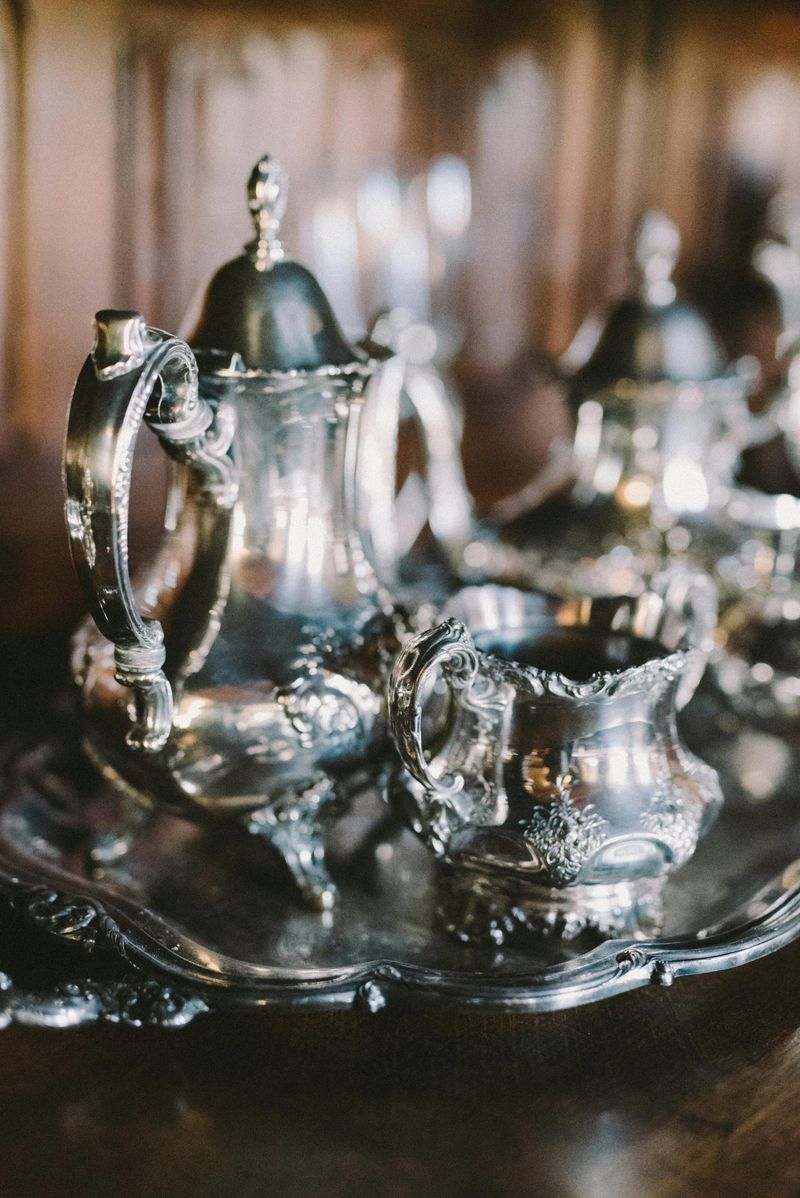
Elaborate silver tea and coffee services that once graced formal Texas homes are experiencing significant depreciation. These high-maintenance sets require regular polishing and rarely fit today’s casual entertaining style.
Complete sets with trays, teapots, coffee pots, creamers, and sugar bowls from well-known makers like Gorham and Reed & Barton now often sell for scrap silver value. The formal entertaining these pieces were designed for has largely disappeared from Texas homes.
Even sterling examples with Texas provenance struggle to find buyers unless they have exceptional historical significance. Or unusual artistic merit.
10. Heavy Dark Wood Furniture
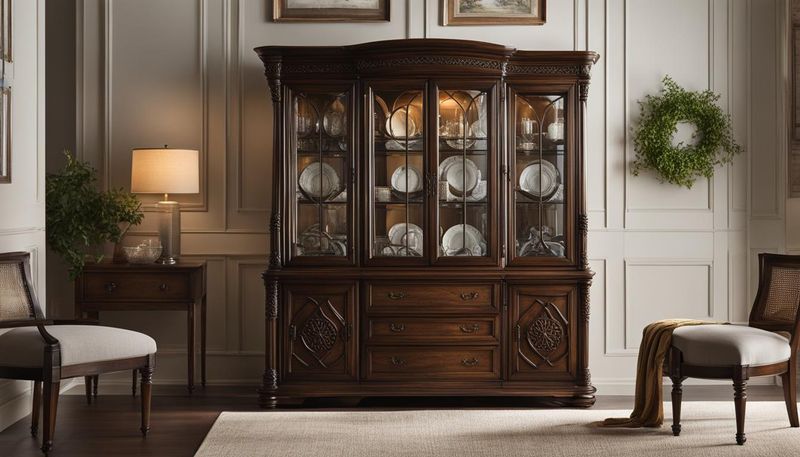
Massive dark wood furniture pieces from the 1920s-1950s continue their market decline across Texas. Heavy Mediterranean-style bedroom sets, ornate china cabinets, and formal dining tables with thick carved legs often sell for a fraction of their original cost.
These pieces present challenges in today’s Texas homes: they’re difficult to move, expensive to ship, and don’t match contemporary design preferences. Young collectors typically avoid these pieces entirely, while downsizing retirees flood the market with similar items.
Even quality examples from respected manufacturers like Drexel and Thomasville struggle to find new homes. Oversized pieces highlight shifting tastes in modern Texas interiors.

